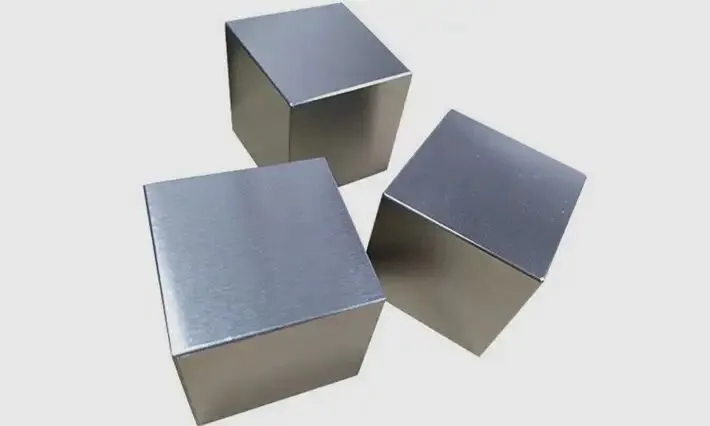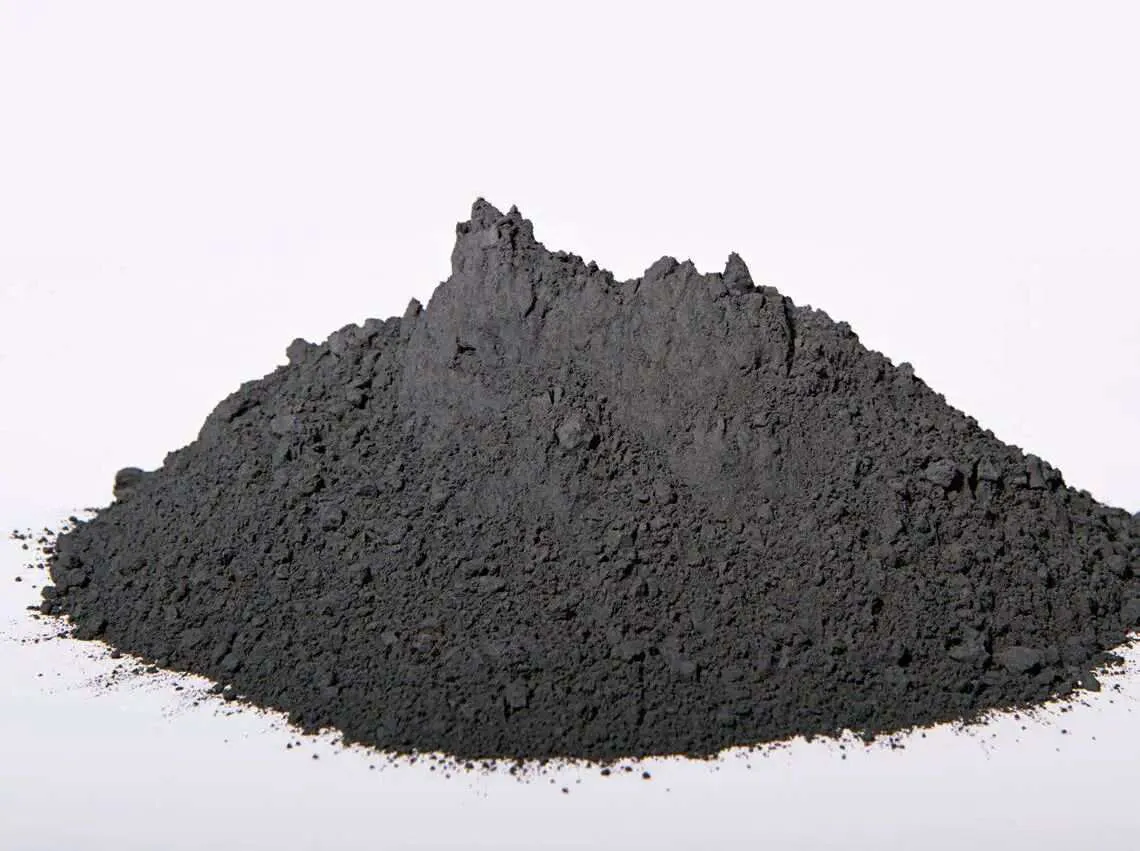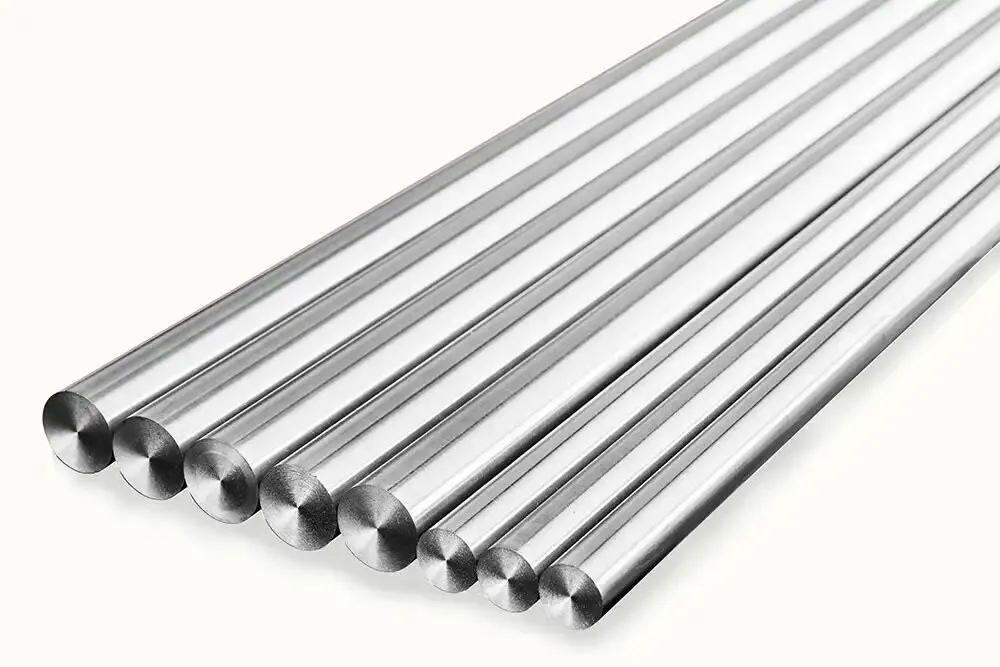Choosing high-quality tungsten powder for industrial applications requires careful consideration of several key factors to ensure optimal performance, durability, and cost-effectiveness. Below are the essential criteria to evaluate.

Here’s a step-by-step guide covering the key factors:
This is the absolute first step. "High-quality" is relative to the end-use. What works perfectly for one application might be unsuitable for another. Ask yourself:
What is the end product? (e.g., Cemented carbides, heavy alloys, electrical contacts, thermal spray coatings, additive manufacturing feedstock, filaments, counterweights)
What is the manufacturing process? (e.g., Press and sinter, metal injection molding (MIM), additive manufacturing (SLM/EBM), plasma spraying, infiltration)
What are the critical performance characteristics of the final product? (e.g., Hardness, density, wear resistance, electrical conductivity, thermal conductivity, machinability, strength at high temperatures)
Knowing this will help you prioritize the specific powder characteristics below.
These are the technical specifications you'll discuss with suppliers:
Chemical Purity:
Tungsten Content (%W): Typically very high (e.g., >99.8% or >99.9%).
Impurities: This is often more critical than the exact W percentage. Pay close attention to elements detrimental to your application:
Oxygen (O): Affects sinterability, mechanical properties, and can form unwanted oxides. Lower is usually better, especially for sintering applications.
Carbon (C): Crucial for cemented carbides (where it reacts with W to form WC), but can be detrimental in other applications. Specify the acceptable range.
Iron (Fe), Molybdenum (Mo), Nickel (Ni), Cobalt (Co), etc.: Can affect magnetic properties, corrosion resistance, high-temperature strength, and conductivity. Define maximum allowable limits based on your needs.
Alkali Metals (Na, K): Can negatively impact high-temperature properties, especially in lighting filaments.
Physical Properties:
Particle Size Distribution (PSD): This is extremely important.
Average Particle Size (e.g., FSSS - Fisher Sub-Sieve Sizer): Determines reactivity, packing density, and flowability. Finer powders generally sinter faster at lower temperatures but may flow poorly. Coarser powders flow better but require higher sintering temperatures/pressures.
Distribution Width (Span): A narrow distribution gives more predictable packing and sintering. A broad distribution might achieve higher packing density. Specify D10, D50 (median), D90 values if using laser diffraction.
Measurement Method: Be specific (FSSS, Laser Diffraction (ISO 13320), Sieving for very coarse powders). Different methods give different results.
Particle Morphology (Shape): Viewed via Scanning Electron Microscopy (SEM).
Shape: Can range from spherical (good flow, lower packing density) to irregular/angular (interlocks better for green strength, potentially lower flow) to dendritic (high surface area, reactive). Shape significantly impacts flowability and packing. Spherical powders are often preferred for AM and thermal spray.
Surface Texture: Smooth or rough? Affects inter-particle friction and reactivity.
Apparent Density (AD) (ASTM B212): The mass per unit volume of loose powder. Important for die filling consistency.
Tap Density (TD) (ASTM B527): The density after tapping/vibrating the powder. Indicates how well the powder packs. The ratio of TD/AD (Hausner Ratio) can indicate flowability.
Flow Rate (Hall Flowmeter - ASTM B213): Measures the time it takes for a standard amount of powder to flow through a funnel. Crucial for automated processes (die filling, AM powder beds). Finer or very irregular powders might not flow ('no flow' condition).
Specific Surface Area (SSA) (BET Method - ISO 9277): Related to particle size and porosity. Higher SSA usually means finer particles or higher porosity, indicating greater reactivity (good for sintering, bad for oxygen pickup).

Don't just look at the spec sheet. Consider the supplier's capabilities:
Consistency: Can they reliably produce powder that meets your specifications batch after batch? Ask about their process controls and quality management systems (e.g., ISO 9001 certification).
Technical Expertise: Can they provide technical support? Do they understand your application? Can they help you select or even customize a grade?
Traceability: Can they trace a specific batch back to its raw materials and production parameters?
Certificate of Analysis (CoA): Do they provide a detailed CoA with each batch, listing the actual measured values for the specified parameters (not just "conforms")? Ensure the test methods used are stated and match your requirements.
Production Capacity & Reliability: Can they meet your volume requirements consistently and on time? What is their supply chain resilience?
Reputation & References: Check their industry reputation. Ask for references if possible.
Packaging: Is the powder packaged appropriately to prevent contamination (especially oxygen/moisture) and damage during shipping and storage? (e.g., sealed drums, vacuum-sealed bags).
Request Samples: Always test samples from potential suppliers in your actual process before committing to large orders. Lab tests are good, but real-world performance is key.
Incoming Inspection: Establish your own quality control checks for incoming powder. This could range from simple checks (visual, flow, AD) to more complex analysis (PSD, chemistry) depending on the criticality. Compare the supplier's CoA results with your own findings.
Retain Samples: Keep labelled samples from each accepted batch for future reference or troubleshooting.
The cheapest powder is rarely the best value. Powder cost is often a small fraction of the final part cost.
Factor in the potential costs of production problems (poor flow, inconsistent sintering, die wear), rejects, or final product failures caused by lower-quality or inconsistent powder.
Optimize specifications: Don't over-specify. Requiring unnecessarily high purity or extremely tight PSD will increase costs. Pay for the quality you genuinely need.

Choosing high-quality tungsten powder involves:
Knowing your application inside out.
Defining precise chemical and physical specifications relevant to that application.
Thoroughly vetting suppliers for consistency, reliability, and technical capability.
Verifying powder quality through sampling and incoming inspection.
Balancing cost with the total value and risks associated with powder quality.
By following these steps, you can significantly increase your chances of selecting tungsten powder that consistently meets your industrial needs and contributes to a reliable, high-performance end product.
Share this page
If you have any product needs or questions, please leave us a message for consultation.
TEL: 86-18623759992
jason@bettmetal.com
Innovating Materials
for a Brighter Future